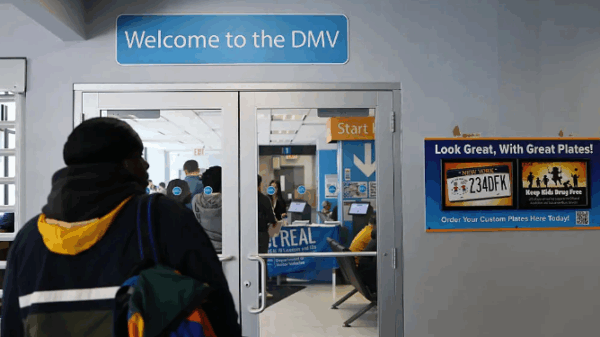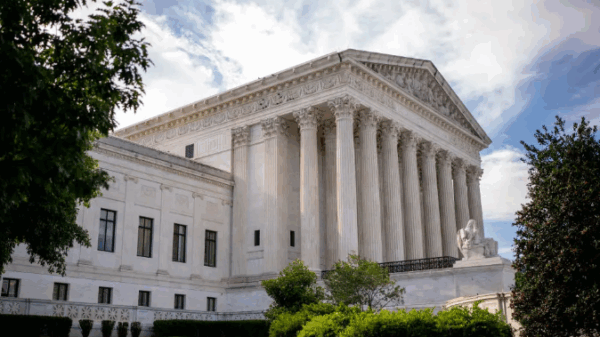As the U.S. heads into a high-stakes election this week, voter turnout is on track to match the 66% participation rate seen four years ago, surpassing the midterm elections’ record turnout of 49% in 2018. However, these figures still fall far short of the 80% turnout seen in many democracies, raising concerns about the level of voter engagement and the effectiveness of the U.S. electoral system.
Between a third and half of eligible voters are expected to stay home, with many expressing dissatisfaction with the options presented at the ballot box. This growing disillusionment is not just turning people away from politics, but also weakening the foundation of American democracy, critics argue. The lack of competitive races, they suggest, paves the way for more extreme candidates to gain influence, further eroding voter confidence.
Unlike many democracies around the world, the U.S. uses a system of single-member districts, where each district elects just one representative. This is in contrast to proportional representation systems used in countries like Germany or New Zealand, where multiple representatives are elected from each district based on the percentage of votes each party receives. For example, in a district with five seats, if a party earns 40% of the vote, it would secure two seats. Proportional representation systems encourage greater competition and voter participation, as people feel their vote counts towards the overall outcome.
In the U.S., however, elections are often far from competitive. In fact, four out of five congressional districts are considered “safe” for incumbents, leaving only a handful of races truly contested. Nationwide, 70% of general election races were uncontested, including almost half of state legislative races. This lack of competition is a consequence of the U.S.’s use of single-member districts, which makes it difficult for a variety of voices to be heard and represented fairly.
Critics argue that this issue is not solely caused by gerrymandering. Even in states with independent redistricting commissions designed to prevent partisan manipulation, the results are still largely uncompetitive. This is because Americans are increasingly sorting themselves into politically homogenous areas, creating “safe” districts for one party or the other. In states like Oklahoma and Massachusetts, where one-third of voters belong to the minority party, the lack of competition is evident. Despite drawing districts that are fair, the system still results in all seats going to one party, leaving voters with little real choice.
To address this, experts suggest the U.S. needs to rethink its districting model entirely. While there are numerous ways to create fair districts, the current system’s reliance on single-member districts limits competition and representation, and may be contributing to growing voter apathy.








































